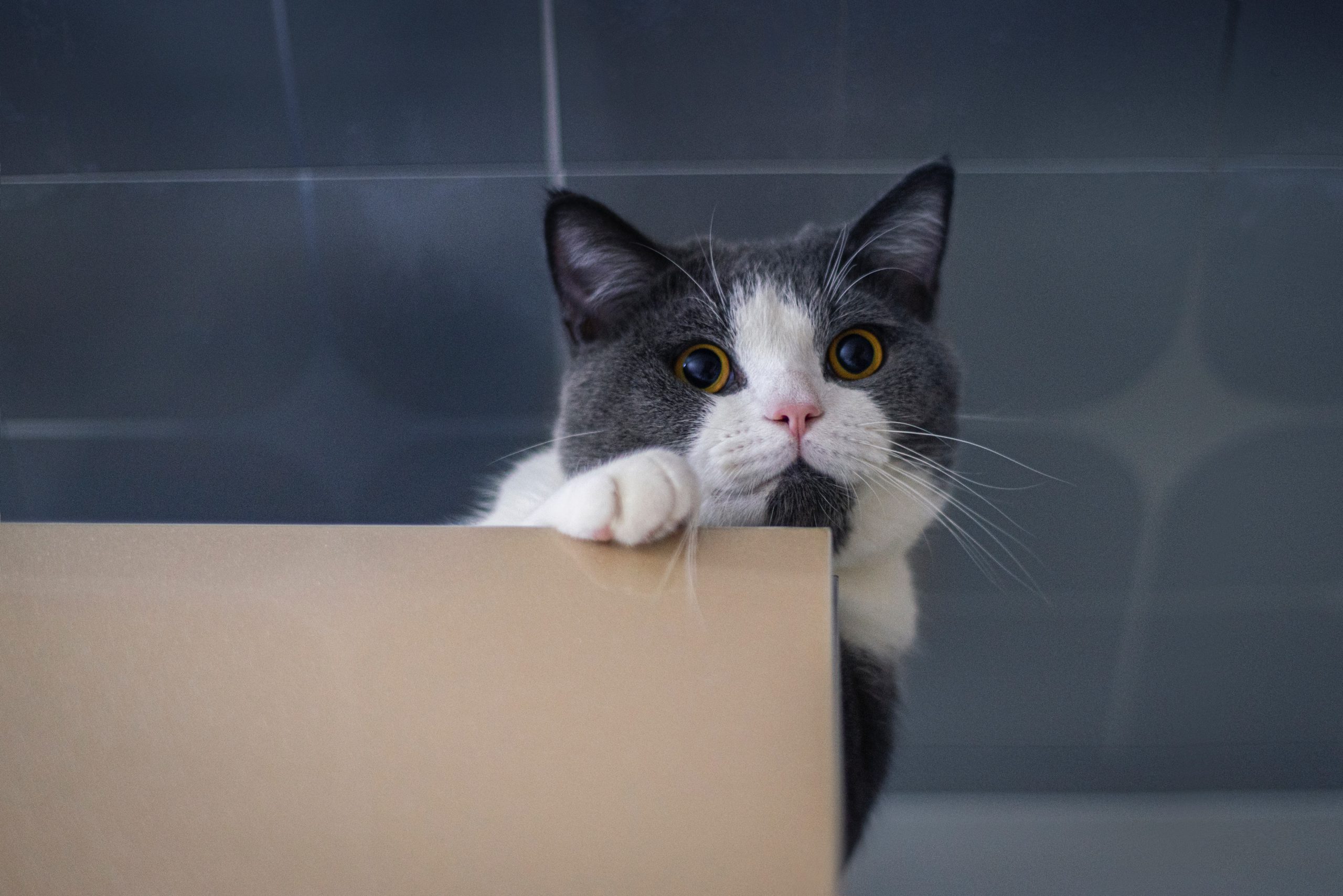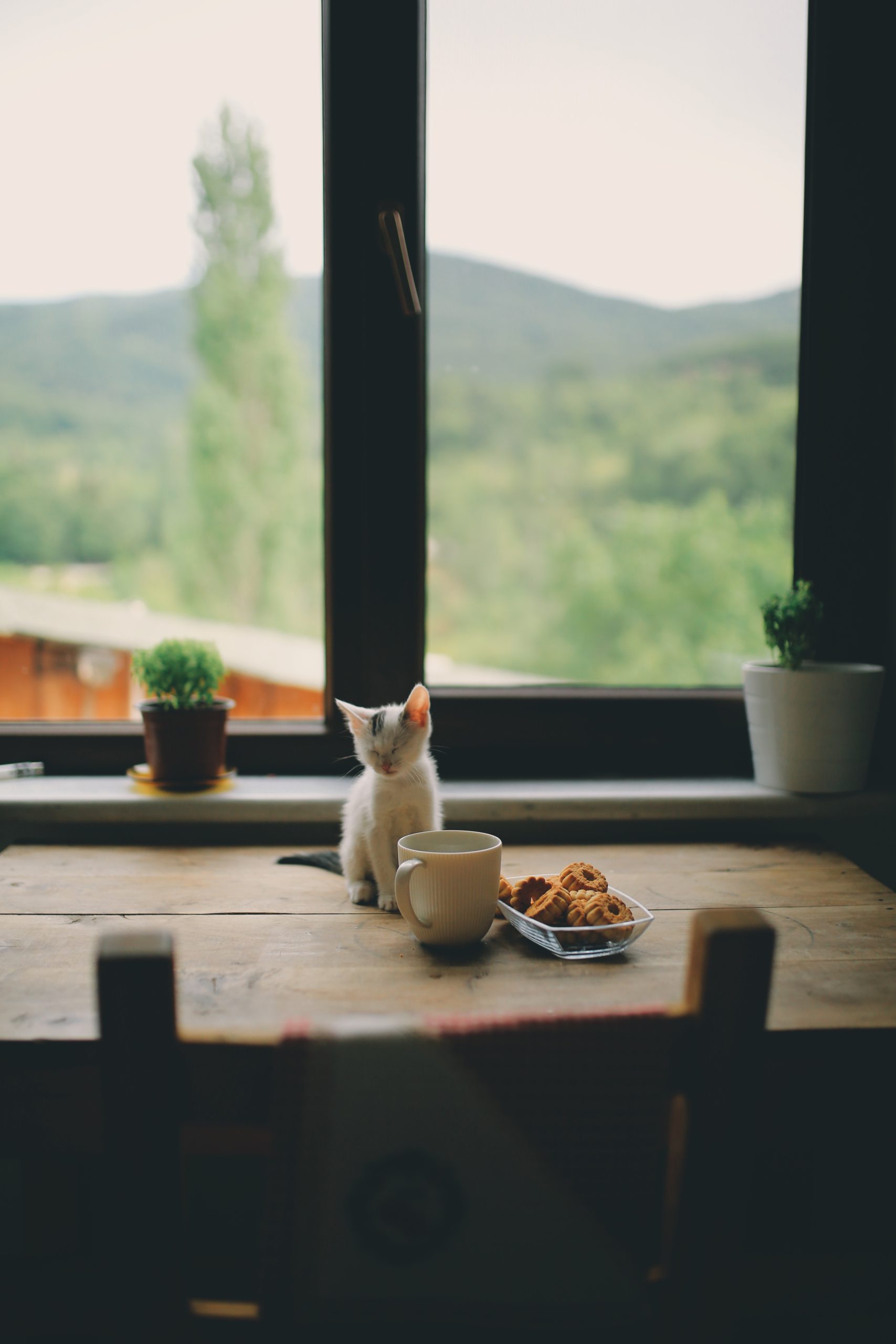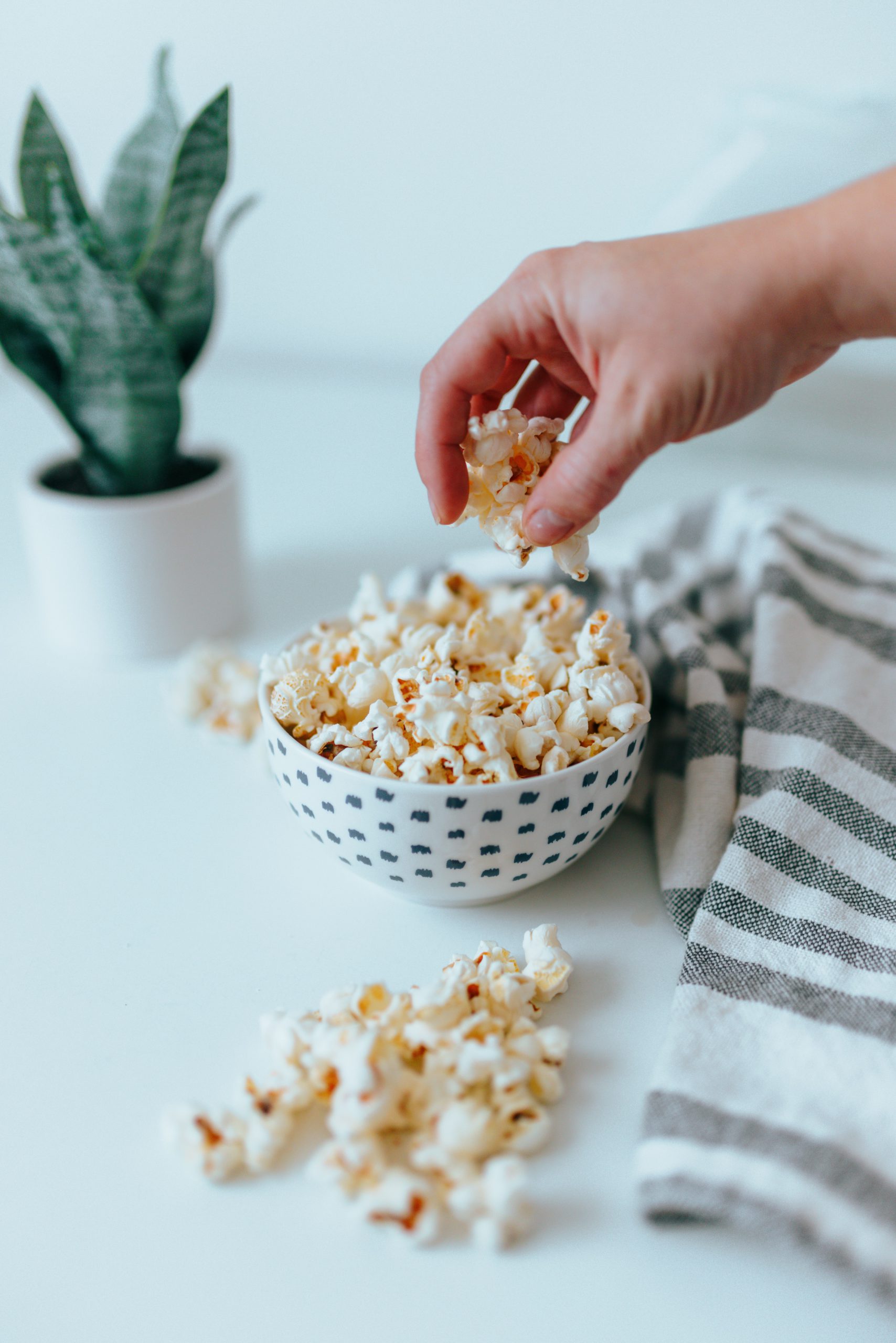Having a Litter box is just a necessary part of owning a cat or kitten. Everybody likes a clean potty, even kittens. My older cat Pizza the Wonder cat, has even started showing a preference for different kinds of litter. We have tried several of these options to ensure Pizza Cat is happy and continues to USE the litter box. Thankfully there are 8 common popular choices of cat litter to choose from.
Traditionally, clay litter has been used as the “best choice” for litter boxes But nowadays, there are several types of litter made from different ingredients. This article will educate you about 8 common popular choices of cat litter available today. Clay, Silica, Pine, Walnut, Wheat, Grass, Corn, and Paper
Some people don’t even choose special cat litter; rather, they prefer using some things available near their home such as dust, sand, animal bedding, chicken feed, etc. However, these alternatives are not useful for long-term use because of dust, smell, parasites, etc. Another important thing to keep in mind is whether your cat likes or dislikes the litter material. Cats have a natural instinct to cover their tracks (and excrement) , and litter that feels comfortable on those kitty paws is an important consideration.
1. Clay litter
Clay litter is the most popular type of cat litter. Because of its easy availability and established litter type, clay litter is the most used litter all around. It is available in low-dust and dust-free options. Other varieties of clay litter include scented and non-scented, large clay pieces, and fine clay particle litters. Clay litter turns into a softer wet cement-like texture after absorbing urine.
Furthermore, clay litters are also available in clumping and non-clumping varieties. Some people prefer clumping clay litter in which the part of clay that absorbs urine becomes clumpy and hard, and you can dispose of it cleanly. Some people prefer inexpensive regular non-clumping clay litter, which they replace as a whole when it is necessary. Clay litter doesn’t always do an excellent job of covering the smell. Often clay litter needs to be replaced more frequently than other products. Common bargain brand nonclumping clay litter can be messy and cats notoriously track clay litter making clean-up more inconvenient. However, choosing non-clumping, scented quality brand products, along with frequent scooping, is a good choice.
2. Silica litter
Silica litter is more expensive than a same-weight bag of clay litter. But silica gel litter lasts longer than clay litter. Many companies advertise silica gel litter as a better option than clay litter. In addition, they claim it is not as dusty as clay litter, absorbs urine, and you don’t need to scoop it out, just need to scoop the poop. SIlica does a good job of absorbing and masking the scent, it lasts longer because it doesn’t disintegrate when wet. Pizza cat prefers it over clay litter. The silica from Kitty Poo Club is large making it less likely to track too far and is easier to clean up.
It is more expensive than clay litter.
Some varieties of silica gel litter like Pretty litter brand, possess color change indicators to indicate the urinary system’s health. In recent years more companies have adopted this technology and have added this type of litter to their product line.
This is one of my favorite litter materials and this is what we use. I am a big fan of Kitty Poo Club, a disposable litter box delivery service. We have tried several of the litter options they have and have always come back to their basic silica. We live in a small space and it is effective, especially in the summer when it is hot and the smell from the litter box seems to be more noticeable in the small space.
Cats have an instinct to cover their feces to avoid the smell. This instinct can be beneficial for you if you are keeping a pet cat in your home. Several types of litter boxes are available in the market, which offers you the best option to avoid your cat’s feces smell.
3. Pine litter
Pine litter is also one of the popular litter types because of its ability to fight off the odor. As the name indicates, pine litter is made of pine trees. In addition, it is famous for its lightweight and no dust characteristics. Because of its lightweight, it is softer than clay litter and easy to use and manage. Most people prefer litters made from lighter materials like pine.
Pet parents prefer pine litter because they consider it more environmentally friendly and cherish its natural ability to fight off a bad odor. They are available in both clumping and non-clumping varieties.
4. Wheat litter
Wheat litter is just like pine litter and is famous for its eco-friendly nature. Furthermore, it is a good alternative for clay litter, but it comprises processed wheat. It is pet parent-friendly as you can flush its clumps after absorbing urine. They naturally control the odor as there are no added dyes or perfumes in the wheat litter. When your cat urinates, it converts into a sawdust-like structure, and you can easily scoop it out of the box.
5. Grass litter
Despite less commonly available, grass litter can also be an alternative to traditional clay litter. Structurally it is like pine and wheat litter types, but it is biodegradable dry grass seed litter. It also possesses the same characteristics of clumping as other litter types. When your cat urinates, it clumps so that you can easily scoop the waste out. Many pet parents avoid added dyes and chemicals, and to their desire, it doesn’t contain any. It is low dust litter and is soft and light as compared to clay litter.
6. Corn litter
In the list, the next better alternative to clay litter is corn litter. Mostly it is available in scented variety, but it still is biodegradable litter. Comprising of dry corn kernels, it is lighter than clay litter. When your cat urinates, it forms clumps that are to scoop out. There are some varieties of corn litter that attract cat’s attention. There are some concerns over corn litter about mold growth. The main issue is about the aflatoxins that can be deadly for your cat. Contrary to that, companies offer aflatoxins-free corn litters.
7. Walnut shell litter
Modern cat litter has expanded its varieties, and there is an available walnut shell litter type. Walnut shell litter has shown more absorbency than clay litter type, works great for odor control clumps. Low dust makes this litter type more popular, and some companies are offering red or brown color litter depending on your cat’s choice. Ground-up granular walnut shell litter is biodegradable.
8. Paper litter
Among all other litter types, paper litter is popular among pet parents with cat paw injuries. Paper litter is recycled and processed paper or simply the waste newspaper. These litter types have low dust, and they offer little or no concern for irritating wounds. They are softer than clay litter and have no fragrance. Paper litter doesn’t form clumps and doesn’t control the bad odor very well. For these reasons, pet parents use them for short-term periods.
Final thoughts
Finally, you should choose the type of litter that works best for you and your feline friend. There are 8 common options for cat litter that you can choose from based on your priorities. Whether you are looking for biodegradable litter, scented, easy to scoop, or not, there are many choices.






